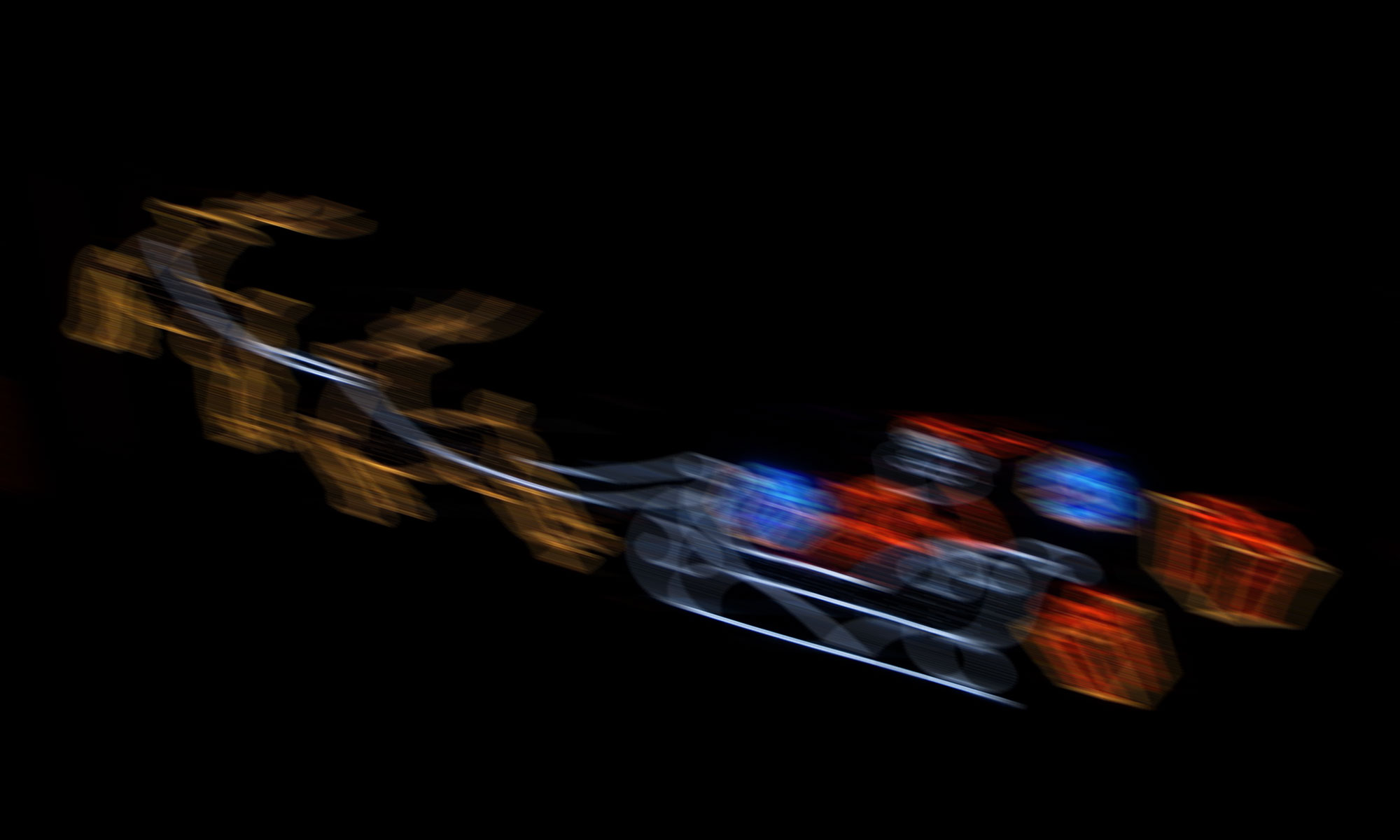Or…
How the Heck Does Santa Deliver All Those Toys Around the World in One Night?
People don’t often consider the math behind Santa Claus’s worldwide Christmas Eve deliveries. Is there some scientific principle that easily explains St. Nick’s round-the-world trip in the legendary, seemingly old-fashioned Santa sleigh? It would be interesting to explore these package distributions mathematically. Let’s start by interviewing old Kris Kringle himself….
INTERVIEWER:
Hey, Santa! Thanks for sitting down with us. We know you’re incredibly busy, what with the toymakers, reindeer, letters, and all. But if you’ve got a few minutes to spare, we want to talk about your amazing Christmas Eve deliveries.
SANTA:
(takes a sip of cider)
Sure, go for it!
INTERVIEWER:
According to Statistica.com, in the year 2020 there were approximately 1.98 billion children in the world, ranging in age from newborns to 14-year-olds. If you gave every child just one gift, that’s one heck of a lot of presents to pile into your sleigh.
SANTA:
Oh, it is that for sure! Quite the challenge….
INTERVIEWER:
And in many cases, children receive more than one gift each. But for our mathematical exercise, let’s say each child gets only one.
SANTA:
Okay. All those children, they’re so precious!
INTERVIEWER:
That they are. Now, imagine each child’s gift is in a box one cubic foot in size, and there are 1.98 billion gifts. Those gifts could be piled as high on your famous Santa sleigh as you’d like. But we believe you’re smart enough not to pile them so high as to throw the sleigh off balance.
SANTA:
(takes a bite from a gingerbread cookie)
Indeed, that would be disastrous!
INTERVIEWER:
Just so. Now, an average sleigh (usually pulled by a horse, though yours is pulled by eight—no, nine—flying reindeer, but let’s not quibble on this point) is about 53″ in length (not counting the runners) and 43″ wide. And because—according to A Visit from St. Nicholas—you, Santa, are “chubby and plump,” it stands to reason that your sleigh was custom-made a bit larger to accommodate you comfortably. Say, about 50″ wide?
SANTA:
Actually, it’s now 55″ wide. I put on a few more pounds since last December.
INTERVIEWER: Sure, okay. Anyway, a 55″ wide sleigh could not realistically carry those presents from the North Pole to all the homes around the globe. Could it? Let’s look at the math. The cube root of 1,980,000,000 presents is about 1,256. Now assume each present has a dimension of 1′ × 1′ × 1′. Therefore, to fit all 1,980,000,000 presents into Santa’s sleigh, the sleigh would need to be 1,256 feet wide by 1,256 long, with a projected height of 1,256 feet. That’s nearly a quarter mile for each dimension.
SANTA:
Interesting. I may need to feed the reindeer a little extra. By the way, would you like a cup of hot cider?
INTERVIEWER:
Not now, thanks. Back to our questions. To deliver all those presents in twelve hours (keeping the rotation of the Earth in mind and allowing twelve hours of darkness from 6:00 P.M. to 6:00 A.M.), 165,000,000 presents would need to be delivered each hour. There are 3,600 seconds in an hour. If we divide 3,600 seconds by 165,000,000 (the number of gifts that need to be delivered per hour), you are allowed approximately 0.0002181 seconds per delivery. Now, there are certainly more than one child in many households. Regardless, you’d definitely have less than a second for each delivery. That doesn’t take into account flying the Santa sleigh from the North Pole to each household, then cruising back home for some cocoa, cookies, and a well-deserved nap. So, how do we explain how you do what you do? You would have to be—
SANTA:
(smiles and laughs like the jolly old elf he is)
Superhuman? Almost saintly? I guess that answers your question. It’s been magic all along. But you knew that! Now, here’s your cider.
So, dear reader, it’s not quantum mechanics at all. In a nutshell, Santa’s sleigh is powered by reindeer, love, and magic.



